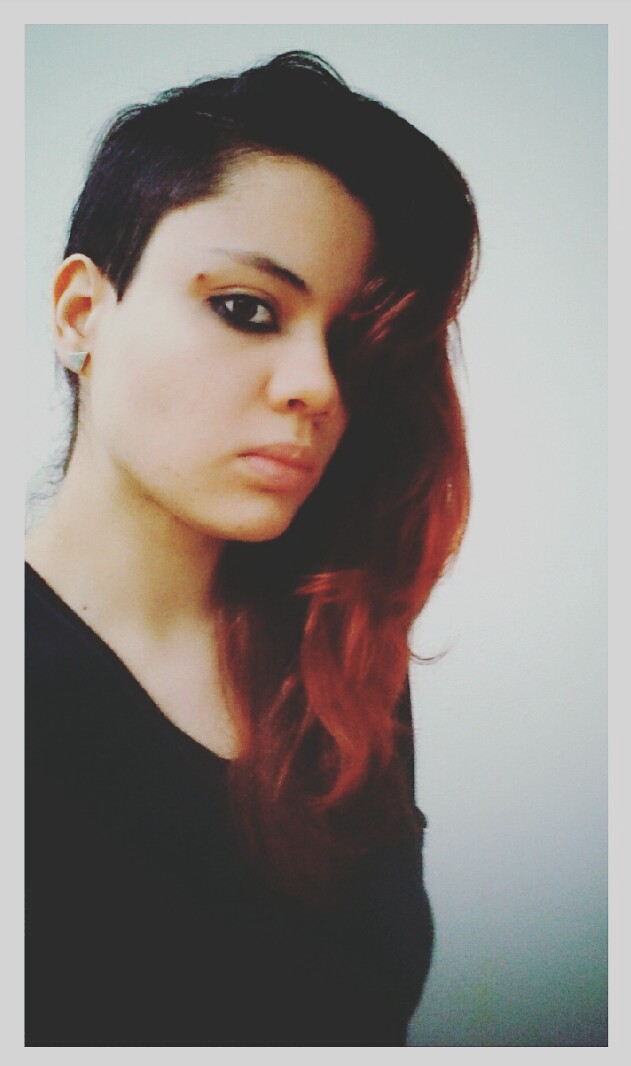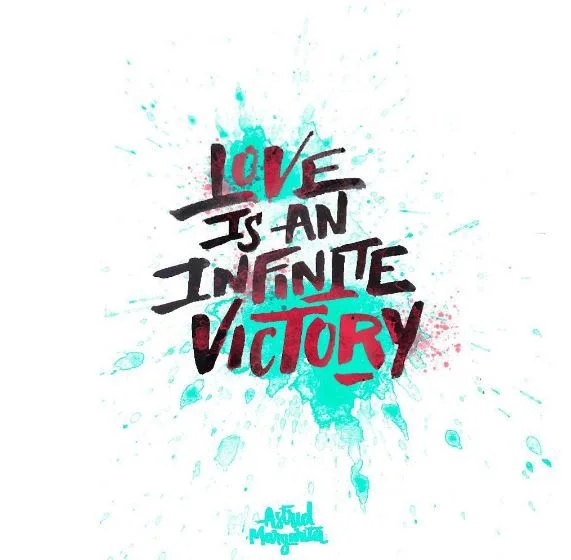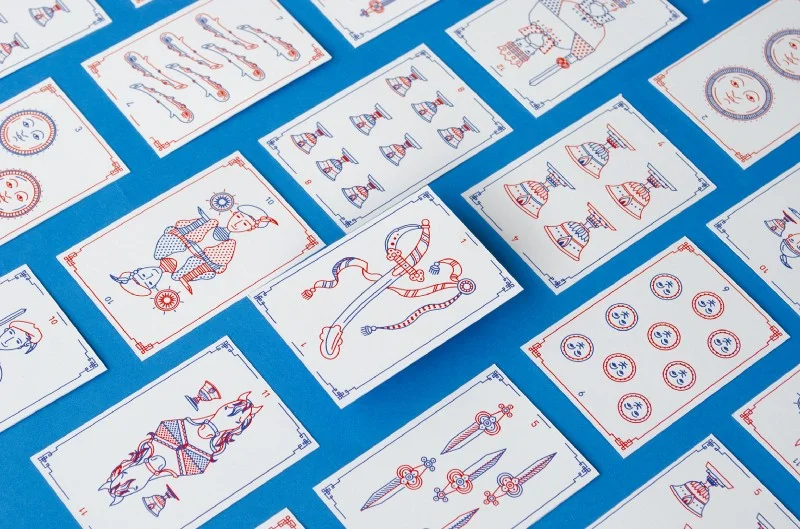‘Design Is Fluid’
An Interview with Paraguayan Graphic Designer Regina Bordón
In South America there is hardly any language barrier, since in most countries Spanish is one of the official languages. However, when it comes to the creative industries and the arts, one can encounter many differences. Therefore, it was really exciting to listen to Paraguayan graphic designer Regina Bordón talk about her experiences gained in Argentina and Paraguay. Besides this, she gave me heads-up on her career in design and music.
Let’s start at the very beginning! When and how did your first encounter with design happen?
My first encounters with design occurred in my early childhood and teenage years. As I had no siblings, I was raised among books and pencils, so already as a five-year-old child, I drew Mario Bros.’ scenarios. Later when I was 13, my attention was drawn to music magazines and bottle design, but I didn’t know that the former was actually editorial and the latter packaging design.
Aregua
So the first push towards this direction happened quite early. But what or who encouraged you to pursue a degree in design?
My motivation is in fact related to my very first encounters with the field. Editorial design became very important to me. I loved the layouts, the typefaces (the sans serifs, the bold ones), and the miscellaneous elements such as lines, dashes, points, and geometric shapes. There was a whole visual universe living on those sheets, and the smell of them…
This, let’s say the design cornucopia, and other stuff such as music I was into led me to pursue a degree in design, although it was really just the tip of the iceberg in relation to what I found while studying. Graphic design has really allowed me to explore editorial and packaging design, storytelling sculptures, different audiovisual forms as well as art history and museology. Such a compelling path to walk through…
Aregua
You’ve studied graphic design at the University of Buenos Aires. I’m wondering why you enrolled in a university in Argentina instead of Paraguay. Please explain it to us.
I moved to Argentina when I was about 5 years old, so by the time I had to decide whether to enrol in university in Argentina or Paraguay, I had done exhaustive research of the degree programmes in both countries. At that time (in 2005), the options in Paraguay did not fulfil my expectations of their content – maybe because the field was pretty new there. Therefore, I went to the University of Buenos Aires (U.B.A.), which had had a graphic design programme since 1985. I found the programme quite versatile there.
Aregua
South America is characterized by great cultural diversity. Please briefly talk about the peculiarities of the Paraguayan design scene. What differences can be found there compared to Argentina, for instance?
I’ve been living in Paraguay for two years now, and I can really say that compared to 2005 the Paraguayan design scene has grown a lot in terms of education as well as quality. You may be able to find keen professionals, however, sometimes the context is not quite ready for certain types of design. Minimalist design can be an example of that. Argentina, on the other hand, has been developing a more open-minded approach to design trends. So you might be able to find all kinds of design styles and a very receptive public to it.
Aregua
What position do you think Paraguayan design holds in the context of South America and in the world?
I would say that it has a lot of potential due to its wonderful traditions, but it has not come off yet. It should be fruitful for all designers to take some time to think about the possibilities of having a powerful design identity. The DNA of one’s country may be actually the perfect start to develop unique and outstanding styles.
What do you think the biggest challenges and greatest opportunities designers have in the region?
I believe there is a lack of design workshops, conferences, festivals, and contests, and design is rather exclusive. Unfortunately, publicity has a louder voice, and the quality of design always comes in second. It would be more than great if there were room for design to inspire students as well as colleagues.
Fever Ray
Your portfolio – as a form of a book and using the name HAKU – is available on your Behance profile. Where does the name HAKU come from?
My alter ego Haku came from Hayao Miyasaki’s anime, Spirited away, in which Haku is the dragon. It is one of my favourite creatures. It was quite something when I moved back to Paraguay, because in Guaraní it means hot, so sometimes I have to shorten it to Hak.
It is rather obvious that you like experimenting with type. Please tell us about your relation to typography and the concept behind the BOND STREET font.
I like very much experimenting with type. Sadly, I don’t have the time to do it lately. Bond Street was actually one of the latest assignments at university. An identity for an event or place had to be created from scratch. Our group chose Bond Street that is a very unique and well-known place in Buenos Aires. It’s a gallery that happened to be the meeting point of outsiders, outcasts, etc. Now it is rather mainstream. It is a place for music, tattoo and skate, among other arts. So I wanted the typography to reflect the freedom of the people who visit the place.
It can’t be missed while observing your pieces of work that you tend to embark on a psychedelic journey and are fascinated by geometry. What are the reasons for that?
I have a deep relation to geometry, indeed. I am especially fond of triangles. Despite being said that people who love triangles are kind of organized people, I’m not really one of them. I (try to) have a neat workspace when working, but being amidst the process of designing it is an organized chaos I enjoy going through. Others might have other methods, but I do think you have to get your hands dirty to make the best out of the process and produce a satisfying design. Therefore, I try to arrange my journeys in the most boundless ways in terms of readings, materials, tools, etc.
Your portfolio undoubtedly shows that you have a wide range of skills from photography through type design to music. What new skills do you want to learn in the future?
Thanks for the word skills. I really appreciate that. In the case of photography and music, I’m a self-taught person, so sometimes it is weird to consider them as skills. In fact, I would like to learn more about them. A new skill I am into now, learning step by step, is the software called Processing. I would very much like to perform VJ sets in my spare time.
They say practice makes perfect. How do you develop your skills to become better and better?
The way I’m learning now is simply not letting myself quit what I love. No matter how much time it takes, as long you stick to it, you will succeed. It’s a cliché, I know, but it’s true. In addition to that, you should never stop learning about things, and you should be thirsty for knowledge and cultivate new interests. It’s also important not to force yourself to learn skills you ought to learn. The process of learning must flow.
How can you use all your skills in your daily work?
The most important thing I have learnt lately is that design is fluid. As designers we cannot stick to one thought only, but, of course, we can have styles, preferences, etc. I always mention my editorial design process as an example. I love grids, hierarchies, structures, and the balance between the elements – all these components that really give life to an editorial piece, a printed one. Right now I’m learning about interface design in the case of which responsive design force you to think further: about users, motions, screens, etc. and makes you leave your comfortable (sheet) zone. Another example is when I need to deal with photo-shoot materials. In such cases, I still can’t escape from the editorial basics such as grids, structures, layers and the balance that holds everything together.
You write on your Behance profile that you’re an Ableton fighter. What aspect of the music production do you like the most?
Because of my favourite musicians (The Knife, Fever Ray, Crystal Castles), along with a friend we became ‘Ableton fighters’ in order to release an experimental EP. We produced it and designed its cover. These are the phases I enjoy the most.
Music has developed a lot over the centuries. What era would you like to live in if you had a choice?
The 70-80’s would have been great: the power of synthesizers is pure synaesthesia to me. I like present days, too, but you need to know where to dig in. I like the music by The Kills, Lykke Li, Cat Power, Fujiya & Miyagi, Movement, Beacon, and Moderat.
What are the things you can’t live without today?
Sorry, but I will give a predictable answer to this one: The analogue options would be music, photography and books, and the digital one the Internet. The latter is almost like a museum, a less ‘judgy’ one, though. And glitches, for sure!
What are you working on right now?
I’m working on geometric designs that will be displayed on textile and objects.
What are your plans?
I’d like to continue exploring and executing – and to loop that process.






















